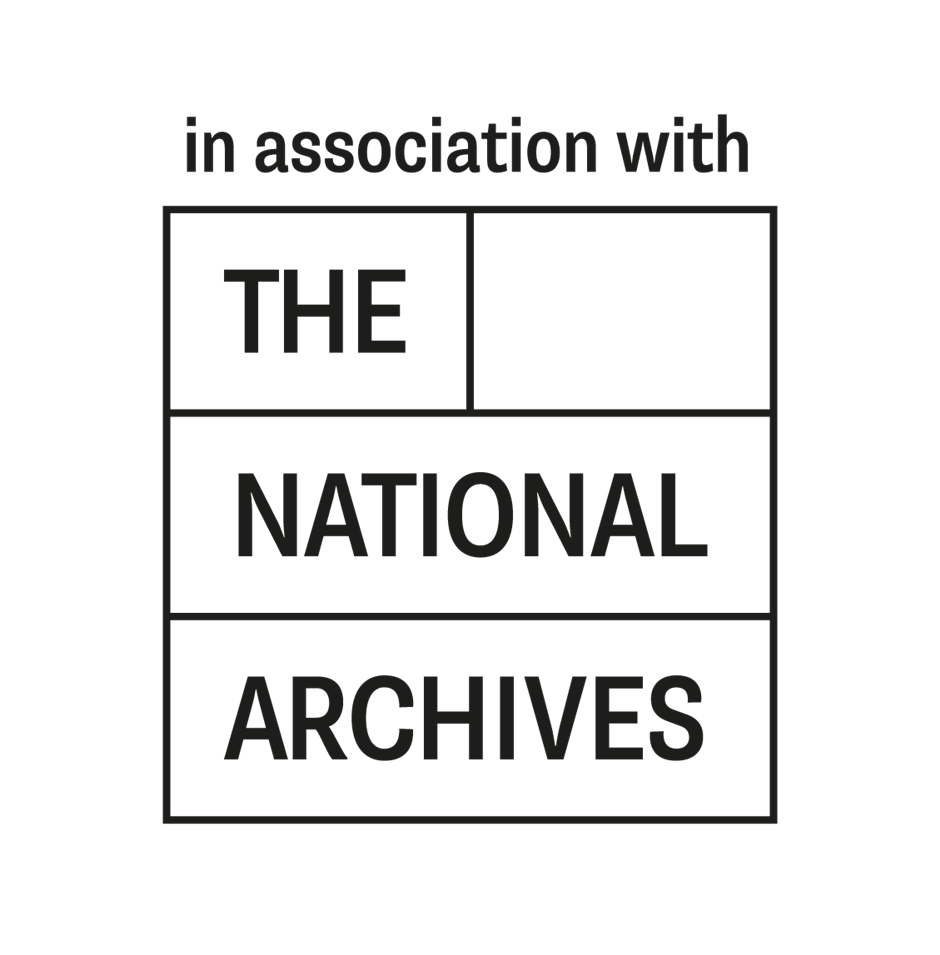1901 England, Wales & Scotland Census
Search for your ancestors amongst the 37 million people who were living in England, Wales and Scotland on March 31st, 1901, and discover a detailed snapshot of their life at the time - their age, occupation, where they lived, who they lived with, their marital status and many more details about their lives and relationships.
See description
Search for your ancestors amongst the 37 million people who were living in England, Wales and Scotland on March 31st, 1901, and discover a detailed snapshot of their life at the time - their age, occupation, where they lived, who they lived with, their marital status and many more details about their lives and relationships.
Learn about these records
The amount of information listed varies, but the 1901 census records usually include the following information about your ancestor:
-
First name
-
Middle name
-
Last name
-
Sex
-
Birth place
-
Age
-
Place of residence
-
County
-
Relationship to head of household
As well as searching for a person, you can also search the 1871 census by address - ideal for tracing your house history or exploring the local history of an area.
By noting how many households there were in a building, and whether the household included servants or boarders or visitors, you can gain insight into the social circumstances of the family.
When the 1901 census was taken on 31 March 1901, the total population of England, Wales and Scotland was recorded as 36,999,946. From 1801 the population had nearly quadrupled. In January 1901 the reign of Queen Victoria ended and her eldest son became King Edward VII. In that same year, Winston Churchill made his maiden speech at the House of Commons, the Apollo Theatre opened in London and Scotland Yard established the first UK Fingerprint Bureau.
As with any historical research, the golden rule of family history is to check the original record, or "primary source", wherever possible. We have provided clear images of the original census enumeration books for you to view once you've found the right family in the indexes.
When using census returns, once you have located your ancestor in the census, you should then view the original images to validate your findings. The image of the original document will also help you see the household in the context of surrounding households as all the information will be provided in one clear place, as it was originally written down.
The original documents would have been given to your ancestor several days before 31 March, and the head of household would have been asked to fill in the details for anyone who would have been residing at that address on the census date. If the head of the household was unable to read or write, the enumerator - a literate person who would be collecting the census forms - would help fill in the details. Because of this, however, you may note mistakes that were made, such as name spellings. It should also be noted that many people were often economical with the truth when it came to their ages.
Note: the census includes details of people resident in docked vessels and institutions such as prisons, workhouses, hospitals, and barracks, as well as individual households.
© Crown Copyright Images reproduced by courtesy of The National Archives, London, England.
www.nationalarchives.gov.uk
The National Archives give no warranty as to the accuracy, completeness or fitness for the purpose of the information provided.
Images may be used only for purposes of research, private study or education.
Applications for any other use should be made to:
The National Archives Image Library
Kew
Richmond
Surrey
TW9 4DU
Tel: 020 8392 5225
Fax: 020 8392 5266
Search tips for the 1901 census
Census returns don't only help us determine who our ancestors were, they can also help to open new lines of enquiry as to details of their own lives and those around them, by giving us all or some of the following information:
-
Where your ancestors were living
-
Who they were living with
-
What their occupations were
-
If they had any servants
-
Who their neighbours were
-
If they had any brothers and sisters
-
What their ages were at the time of the census
-
If they had any disabilities.
As well as giving us the above information, the fact that census returns are taken every ten years also allows us to track the movements of our ancestors through time as they perhaps move house, get married, have children or even change occupations.
